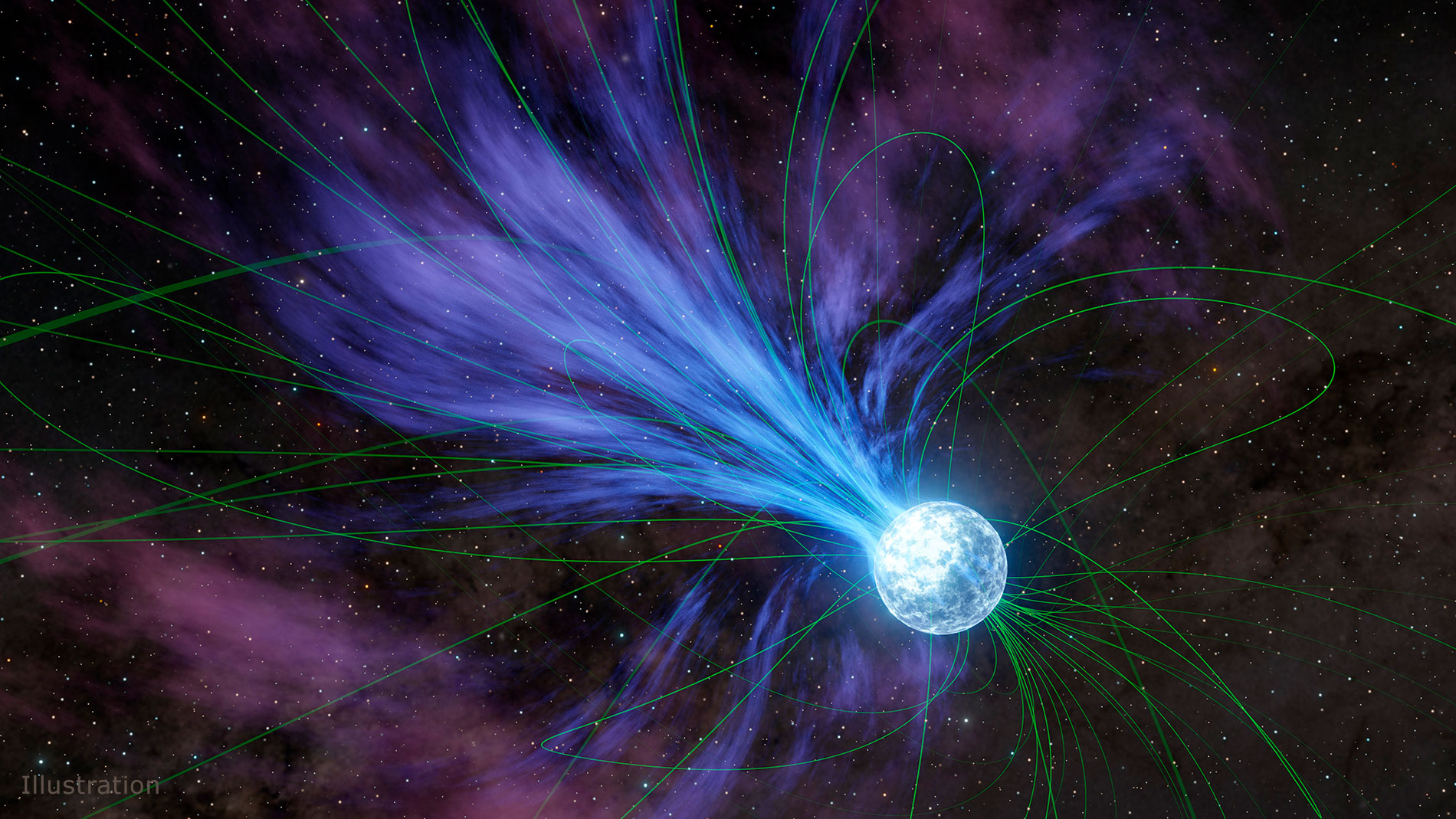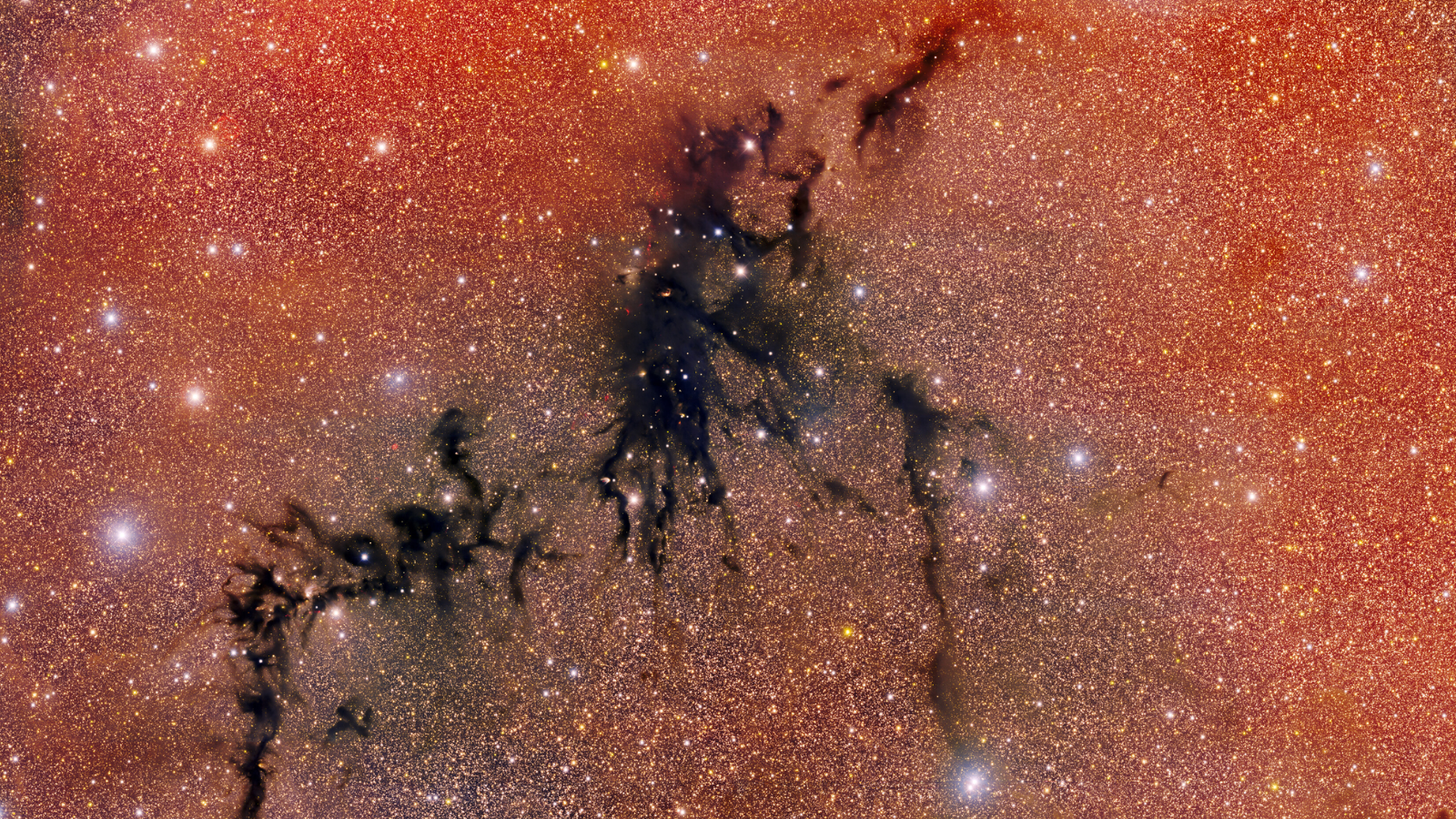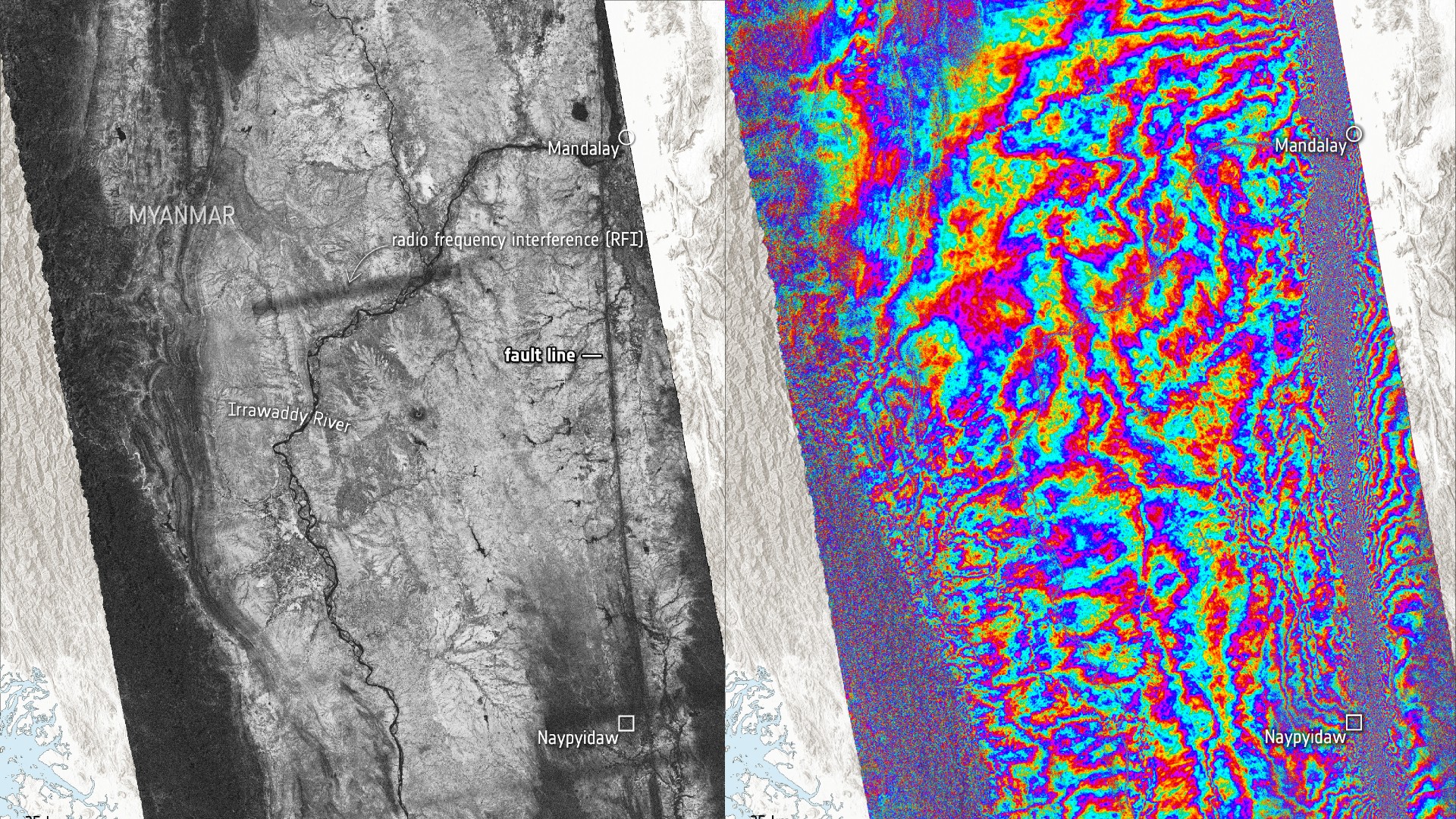Don't mess with Mars. It has a crust made of 'heavy armor,' scientists say
'We were fortunate to observe this quake.'
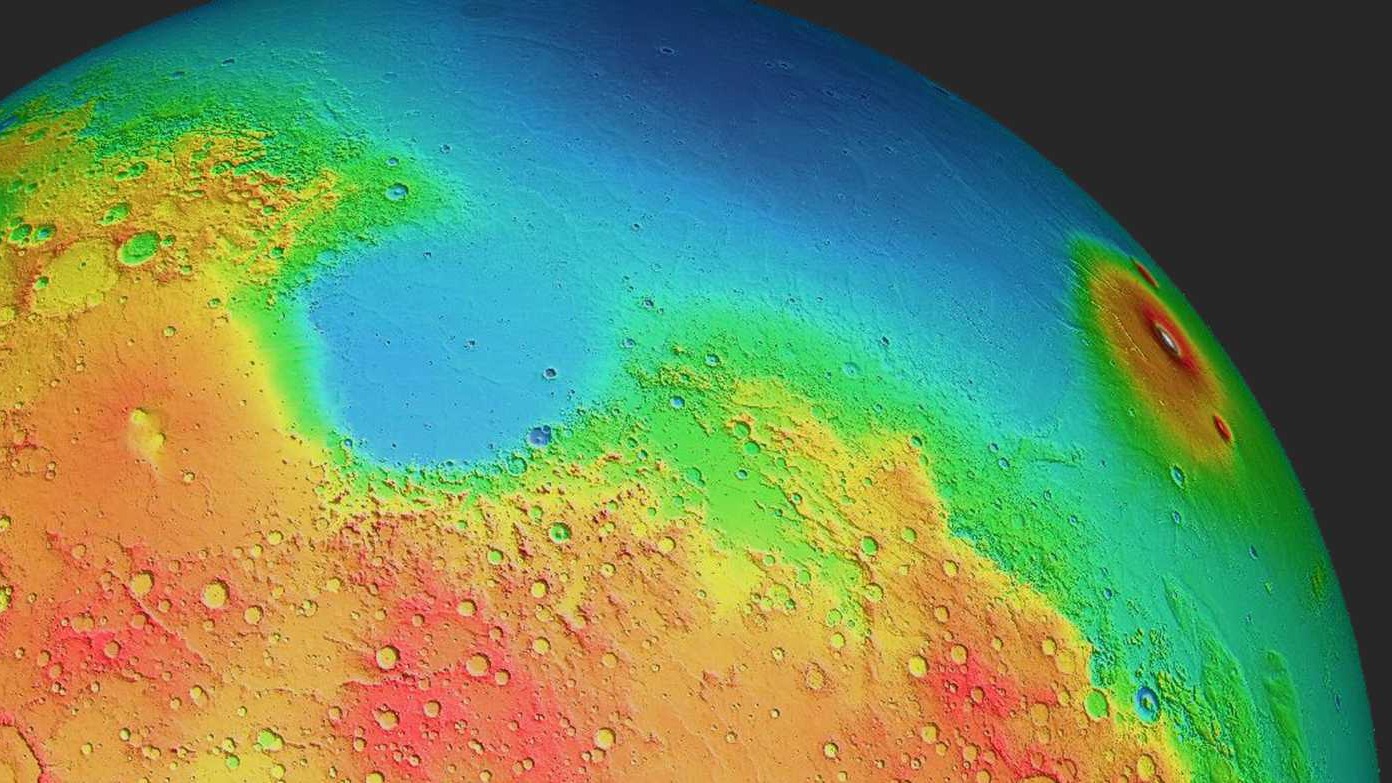
A massive marsquake measured by NASA's InSight lander suggests the Red Planet crust is "like heavy armor" in some locations, a new study suggests.
The seismometer of the NASA InSight lander, whose mission concluded in December 2022, spent three years measuring seismic waves on Mars. Its work included spotting the largest marsquake ever recorded in May 2022: a quake 4.6 in magnitude.
While the tremor on Mars was only a medium quake compared to Earth, NASA scientists said at the time that it was at the upper limit of what Red Planet researchers expected to see. The marsquake was more energetic than all others measured before it, combined.
"This marsquake sent out strong seismic waves that traveled along the surface of Mars," research lead author and ETH Zurich Institute of Geophysics seismologist Doyeon Kim said in a new statement, released May 6. "From this quake, the largest quake recorded during the entire InSight mission, we observed surface waves that circled Mars up to three times."
The team's research was published in March in the journal ESS Open Archive and has not yet been peer-reviewed.
Related: Scientists hail scientific legacy of NASA's Mars InSight lander
Thick skin
Measuring the speed and frequency of the seismic waves — and how these qualities changed across the Red Planet — allowed Kim and the team to gain information about the geological structures they encountered. New data came on matters such as the interior structures of Martian crust, at a variety of depths.
Get the Space.com Newsletter
Breaking space news, the latest updates on rocket launches, skywatching events and more!
Previous to the monster quake, InSight picked up similar seismic waves created when two meteorites had struck Mars. The space rock event provided regional-scale details only, however. The magnitude 5 quake allowed studies even further across the Red Planet, uncovering big implications.
The team took the data delivered to them by InSight, and combined it with information from other missions regarding the gravity and topography of Mars. The collected studies showed scientists that the crust of the Red Planet has a thickness that ranges from an average of 26 to 35 miles (42 to 56 kilometers), but its thickest extent is double that: 56 miles (90 kilometers).
"The Martian crust (on average) is much thicker than that of the Earth or the moon," Kim said, adding that smaller planetary bodies in the solar system tend to have a thicker crust than the larger bodies.
Related: The origins of Mars' crust might be surprisingly complex
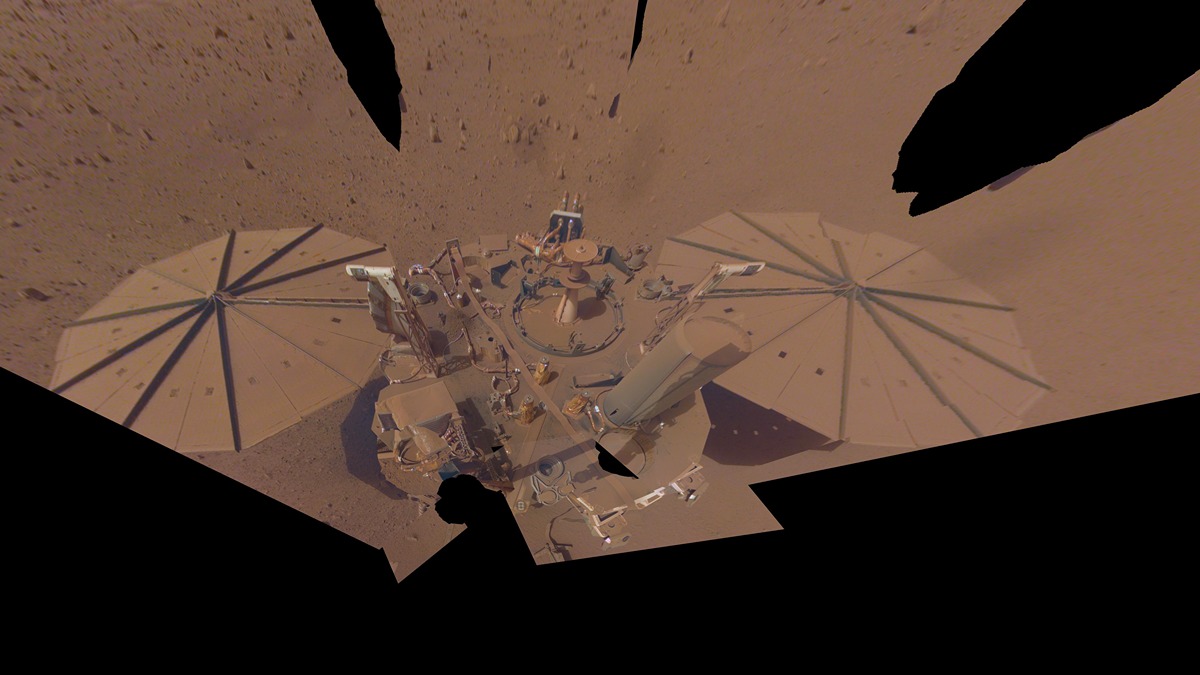
Earth's crust ranges in thickness between an average of 13 to 17 miles (13 to 17 kilometers), while the seismometers of the Apollo moon missions of the 1960s and 1970s determined the lunar crust ranges from 21 to 27 miles (34 to 43 kilometers) thick.
InSight's team found that the Martian crust is at its thinnest at the Isidis impact basin, an ancient crater that is around 746 miles (1200 kilometers) wide. At the basin, found along the boundary between the heavily cratered southern highland terrain of Mars and the northern lowlands, the Martian crust is only around 6 miles (10 kilometers) thick.
At its thickest, however, the crust is 56 miles (90 kilometers) deep in the vast Tharsis region, and spans nearly the width of the United States from side to side: that's about 5,000 miles (8,000 kilometers) across. Tharsis lies at the heart of a huge system of radial fractures that cover around one-third of the Red Planet’s surface. It is also home to vast volcanic plains and three of Mars' largest volcanoes.
"We were fortunate to observe this quake. On Earth, we would have difficulty determining the thickness of the Earth's crust using the same magnitude of quake that occurred on Mars," Kim explained. "While Mars is smaller than the Earth, it transports seismic energy more efficiently."
Related: Mars may still be volcanically active, study finds
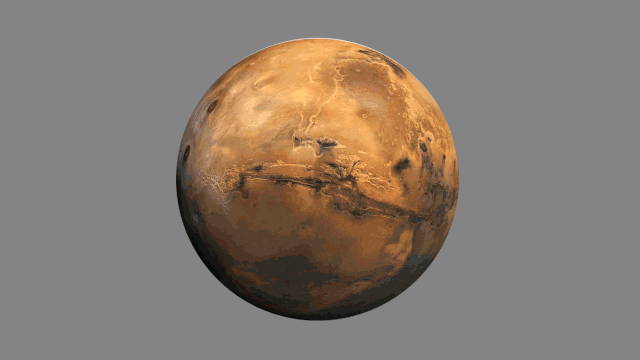
'Martian dichotomy'
The team's results also confirmed the contrast between the northern and southern hemispheres of Mars. The north of the planet consists of flat lowlands, while the south is home to high plateaus.
The so-called "Martian dichotomy" between north and south has been observed by astronomers and planetary scientists at least since Mariner 9's pioneering NASA orbital mission in 1971-72, a peer-reviewed study published in 2007 suggests.
Initial hypotheses about this difference had to do with rock composition, Kim said. "One rock would be denser than the other."
These new findings, however, confirm that composition isn’t responsible. While the rock composition is the same in both hemispheres, the thickness of the crust differs, and this accounts for the Martian dichotomy.
Based on the InSight seismic observations and the gravity data, the researchers said they demonstrated that the density of the crust in the northern lowlands and the southern highlands is similar.
The density finding corresponds with InSight seismic observations of the aforementioned meteor strikes, which suggest that the crusts in the north and south are made of the same material. (How seismic waves propagate through rocky crust allows researchers to infer the composition.)
The team's discovery of a thick Martian crust in some places also sheds some light on how the planet generates heat, and how this has evolved over the Red Planet's history. The main source of heat from the interior of Mars comes from the radioactive decay of elements such as thorium, uranium, and potassium.
The team theorizes that 50% to 70% of these heat-producing elements are located in the Martian crust. Thus, the difference in thickness of this crust across Mars could explain why there are local regions of the planet under which melting processes may still be taking place today, as these hotspots would also host more heat-generating radioactive materials.
"This finding is very exciting, and allows an end to a long-standing scientific discussion on the origin and structure of the Martian crust," Kim said.
Join our Space Forums to keep talking space on the latest missions, night sky and more! And if you have a news tip, correction or comment, let us know at: community@space.com.

Robert Lea is a science journalist in the U.K. whose articles have been published in Physics World, New Scientist, Astronomy Magazine, All About Space, Newsweek and ZME Science. He also writes about science communication for Elsevier and the European Journal of Physics. Rob holds a bachelor of science degree in physics and astronomy from the U.K.’s Open University. Follow him on Twitter @sciencef1rst.
